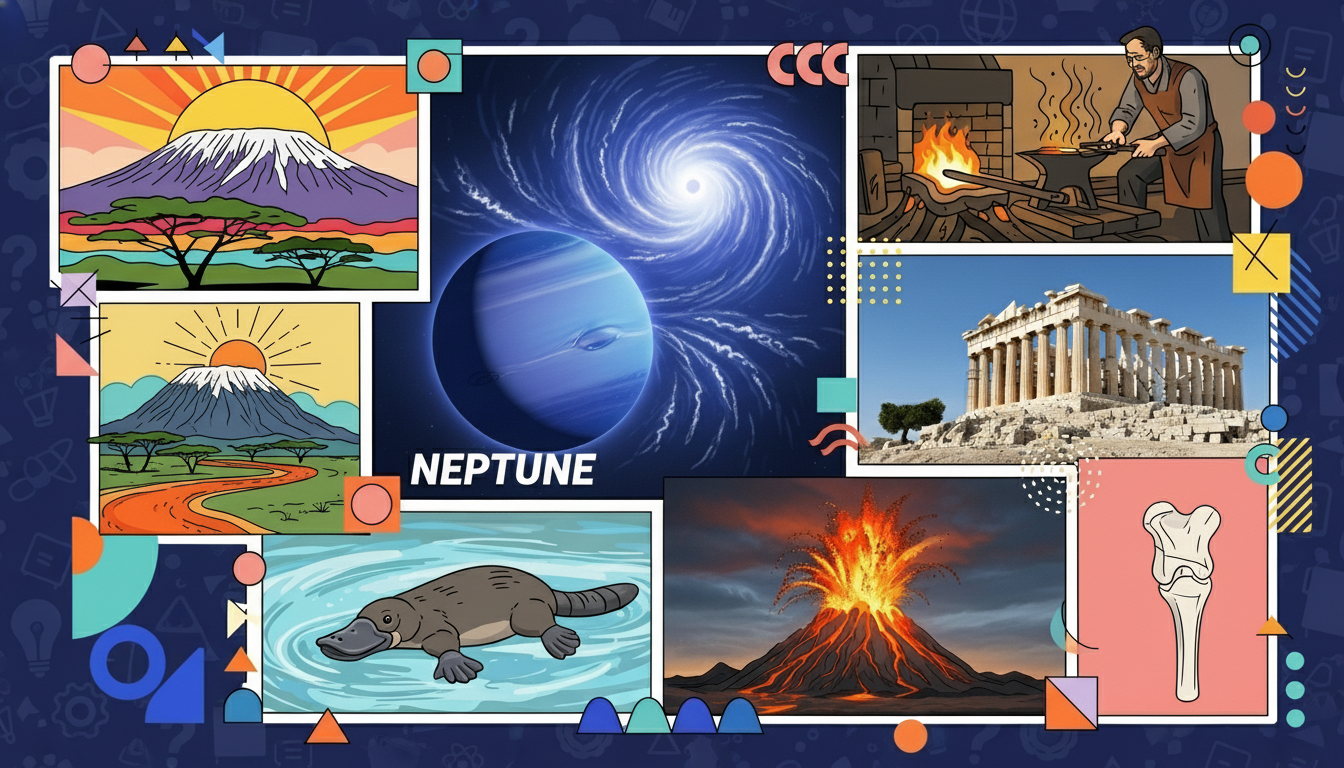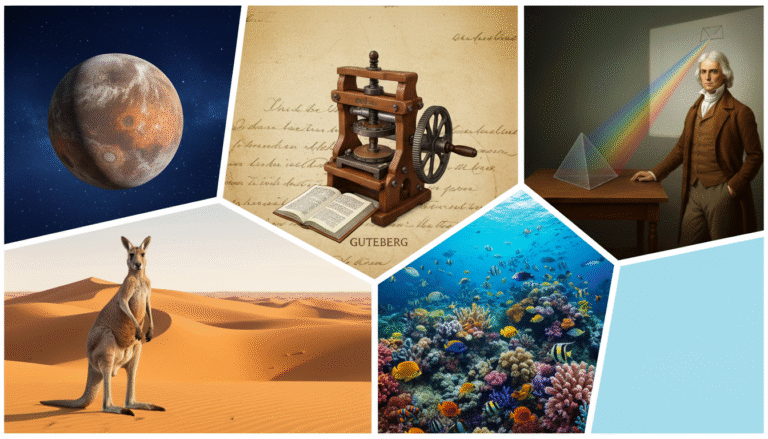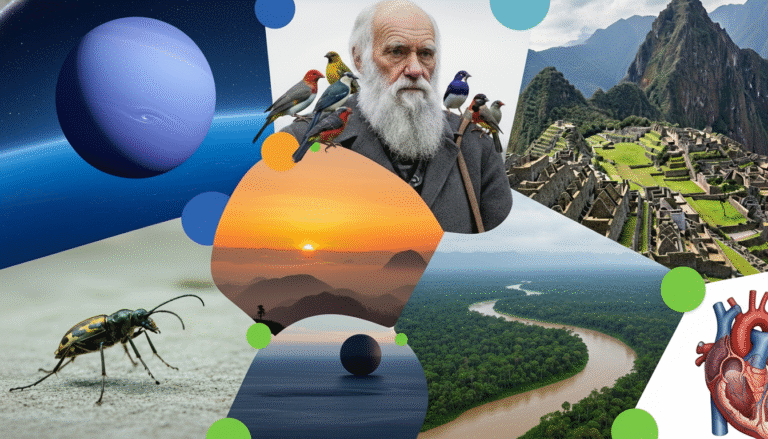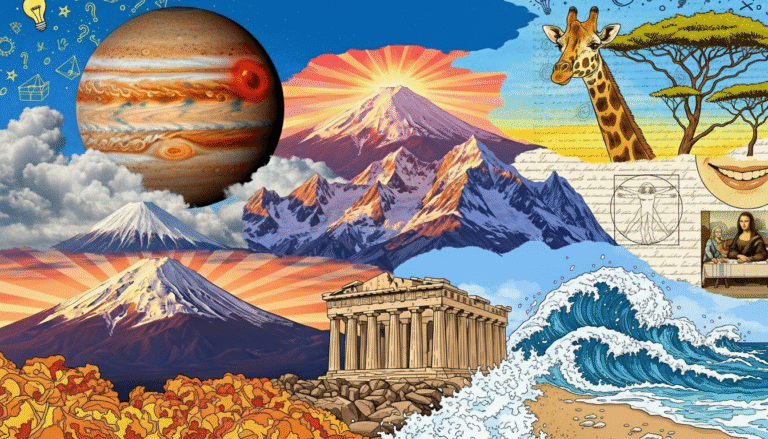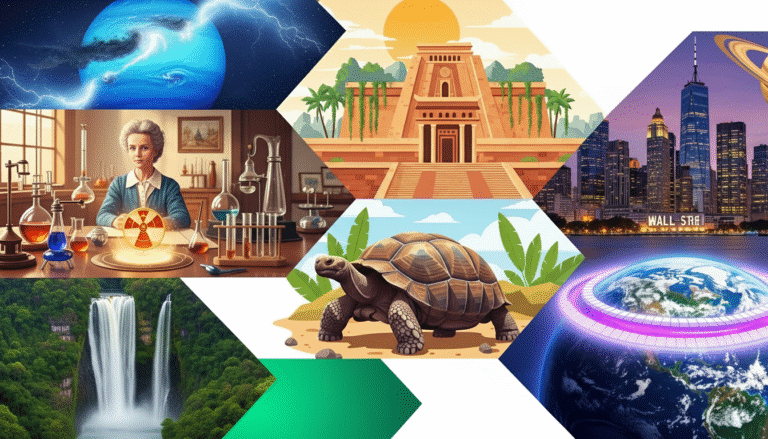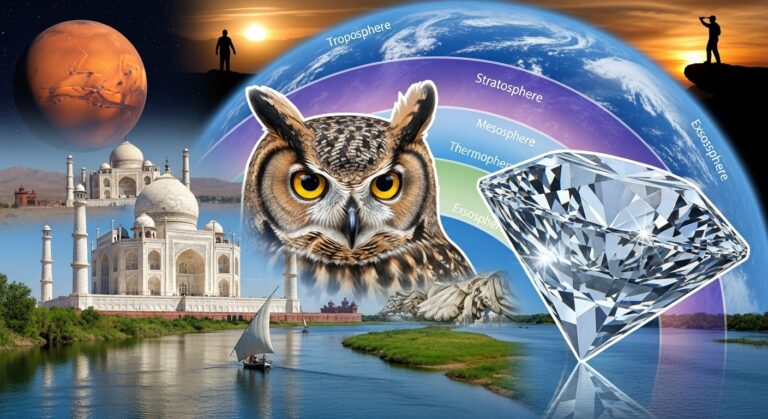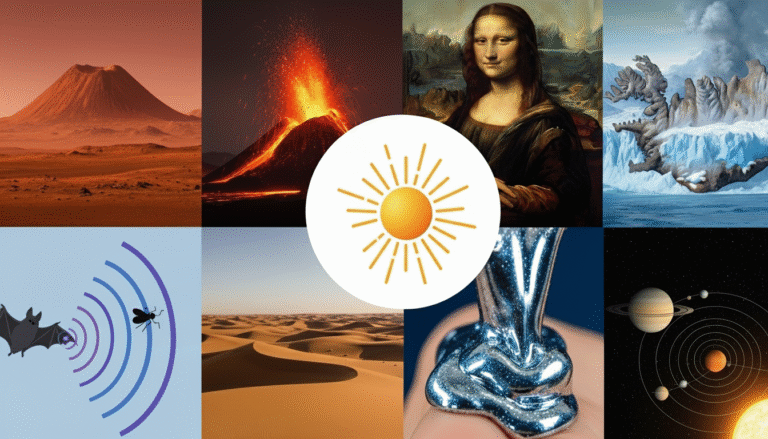General Knowledge Facts Quiz for Learners and Thinkers
A general knowledge facts quiz gives your brain more than random information — it offers a structured way to sharpen memory, build confidence, and expand your understanding of the world. Whether you’re a student, a professional, or simply a curious thinker, learning facts across science, geography, biology, technology, and human culture strengthens your intellectual foundation.

This quiz is designed for learners who want both knowledge and meaning. Each question in this general knowledge facts quiz is followed by a deep, detailed explanation to help you master the facts, not just memorize them.
Neptune: The Fastest Winds in the Solar System
Neptune holds the record for the strongest winds ever recorded, reaching speeds of over 2,100 km/h. These winds are faster than the speed of sound on Earth. Despite being far from the Sun, Neptune’s atmosphere is extremely active due to powerful internal heat sources.
Its bright blue color comes from methane gas absorbing red light. The storms on Neptune resemble giant whirlpools, including the famous Great Dark Spot.

Alan Turing: Father of Modern Computer Science
Alan Turing revolutionized the world with his pioneering work in mathematics, logic, and early computing. His design of the Turing Machine laid the foundations of modern computer science.
Turing also played a crucial role in World War II by breaking the German Enigma code, saving millions of lives. His work directly influenced the development of modern computers, algorithms, and artificial intelligence.
Mount Kilimanjaro: Africa’s Highest Peak
Mount Kilimanjaro rises 5,895 meters above sea level and is located in Tanzania. It is a free-standing mountain, meaning it is not part of a larger range.
Kilimanjaro consists of three volcanic cones:
- Kibo
- Mawenzi
- Shira
Its snow-capped peak contrasts sharply with the warm African savanna below, making it one of the world’s most visually stunning mountains.
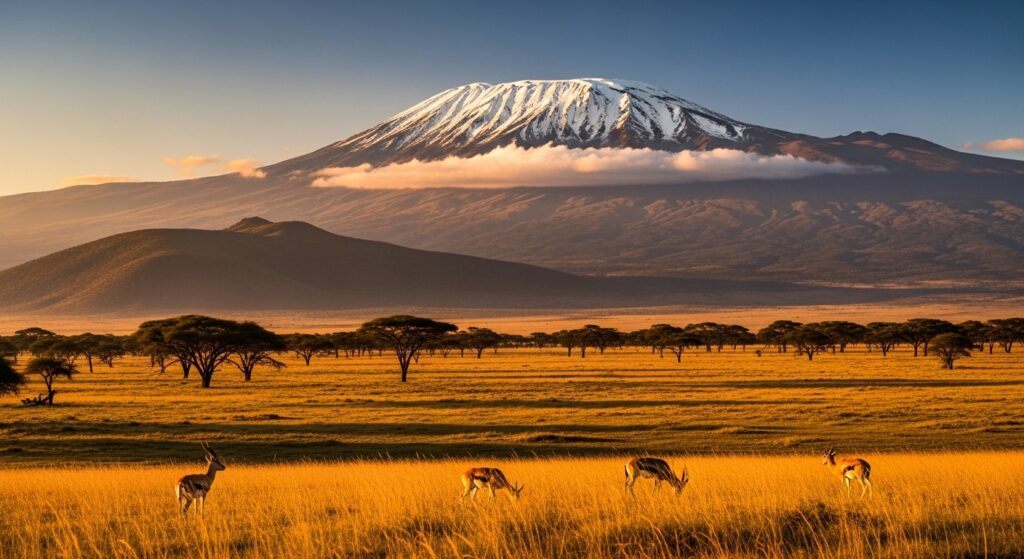
The Platypus: Nature’s Strangest Mammal
The platypus is one of only five monotreme species — mammals that lay eggs instead of giving live birth. Found in Australia, the platypus has a duck-like bill, webbed feet, and a beaver-like tail.
It also uses electroreception to detect prey underwater, making it a biological marvel. Few animals are as unique or mysterious as the platypus.
Iron (Fe): The Metal That Built Civilizations
Iron is represented by the symbol Fe, from the Latin word ferrum. It is one of the most abundant and important metals in Earth’s crust.
Iron is the backbone of:
- Construction
- Machinery
- Tools
- Transportation
- Blood hemoglobin
It has shaped entire civilizations, from the Iron Age to modern skyscrapers.

Athens: The Birthplace of Democracy
Democracy, meaning “rule by the people,” began in ancient Athens. Citizens gathered to debate laws, vote on policies, and discuss public matters.
Major contributions of Athenian democracy:
- Public assembly
- Voting rights (for citizens)
- Court trials
- Philosophical development
This political innovation influenced governments worldwide.
Colorado River: Sculptor of the Grand Canyon
The Grand Canyon was carved over millions of years by the Colorado River. This river flows through steep cliffs, colorful rock layers, and dramatic geological formations.
The Grand Canyon reveals nearly two billion years of Earth’s history through its exposed rock layers.

Asia: The Continent With the Most Volcanoes
Asia, particularly due to the Pacific Ring of Fire, contains the world’s highest concentration of volcanoes. Countries such as Indonesia, Japan, and the Philippines sit atop active tectonic boundaries.
These volcanoes shape:
- Landscapes
- Soil fertility
- Weather
- Migration patterns
Volcanic eruptions also contribute to climate shifts and geological cycles.
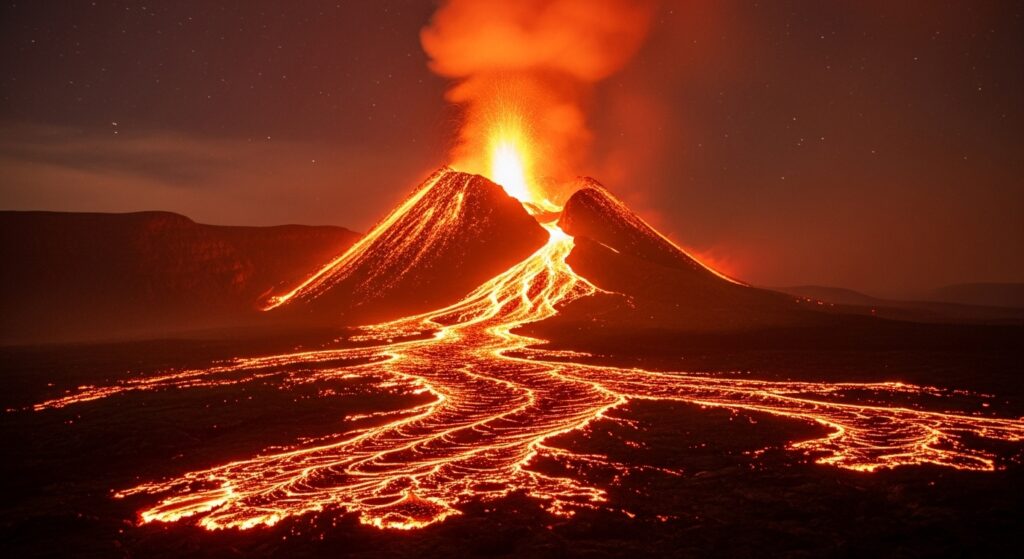
Your Ears: The Organs of Balance
The inner ear contains semicircular canals filled with fluid that moves when your head rotates. These canals, along with the vestibular nerve, help maintain balance.
Without this system, even standing still would feel impossible. The ears work with the brain and eyes to coordinate movement and stability.
Femur: The Longest Bone in the Body
The femur, or thigh bone, is the longest and strongest bone in the human body. It supports the entire upper body and enables standing, walking, and running.
Its incredible strength can withstand several times the person’s body weight. The femur also contains bone marrow crucial for producing blood cells.
Why This General Knowledge Facts Quiz Expands Your Thinking?
This general knowledge facts quiz provides insights into science, geography, anatomy, history, and technology. Learning facts across different fields deepens your understanding of the world and sharpens your ability to think critically.
By exploring these explanations, you strengthen your memory and enhance your intellectual awareness. A facts-based quiz like this is perfect for thinkers, students, and lifelong learners.

